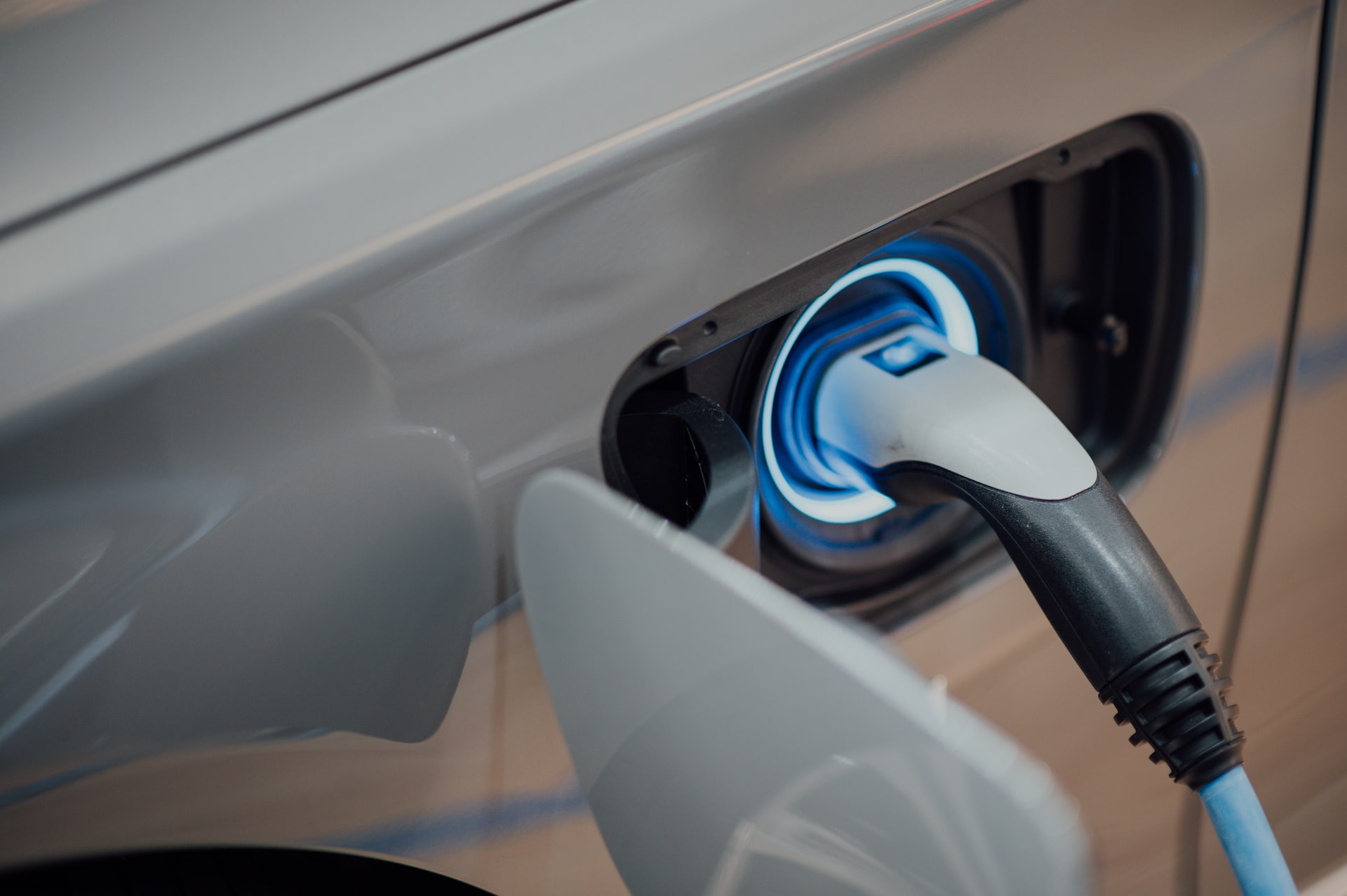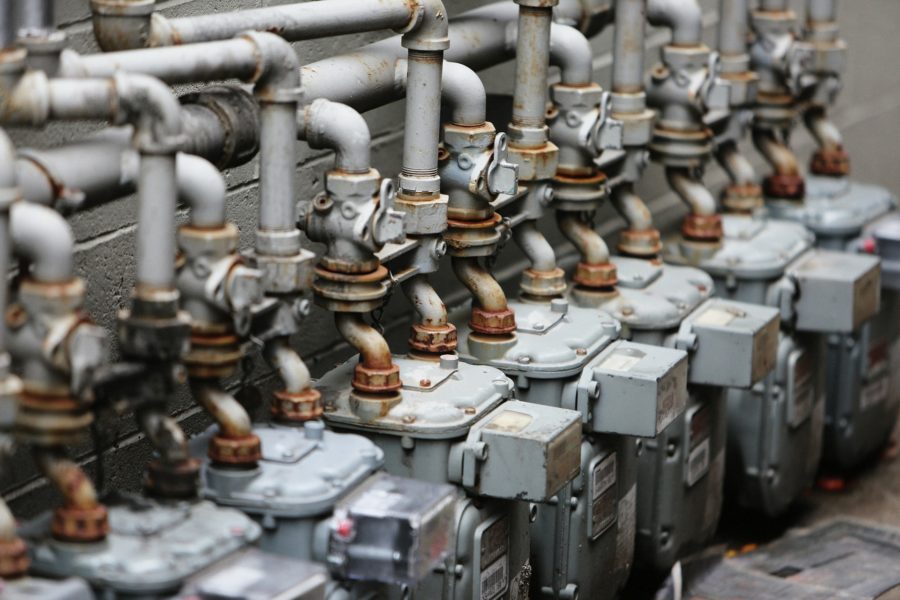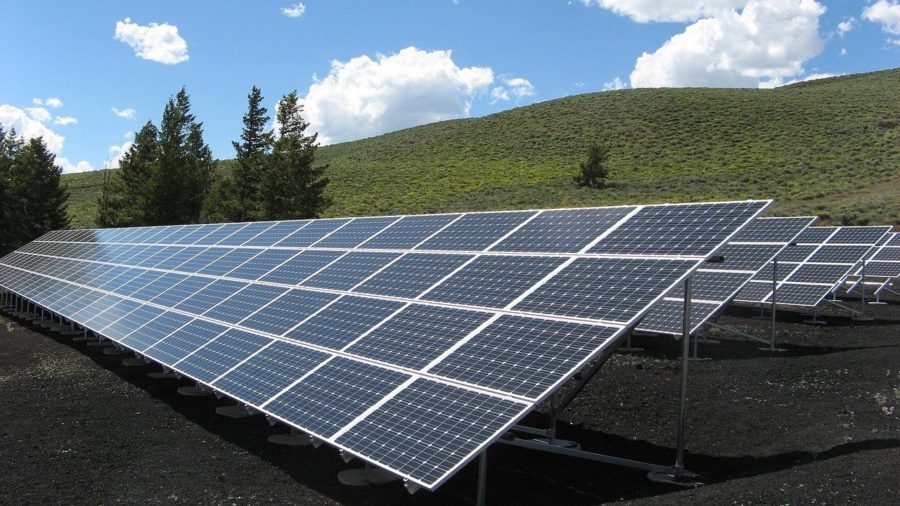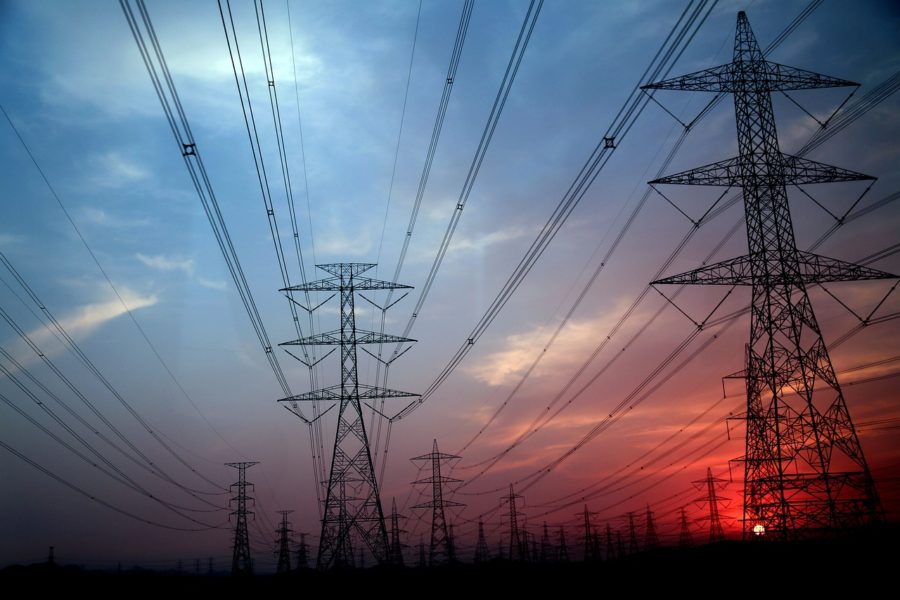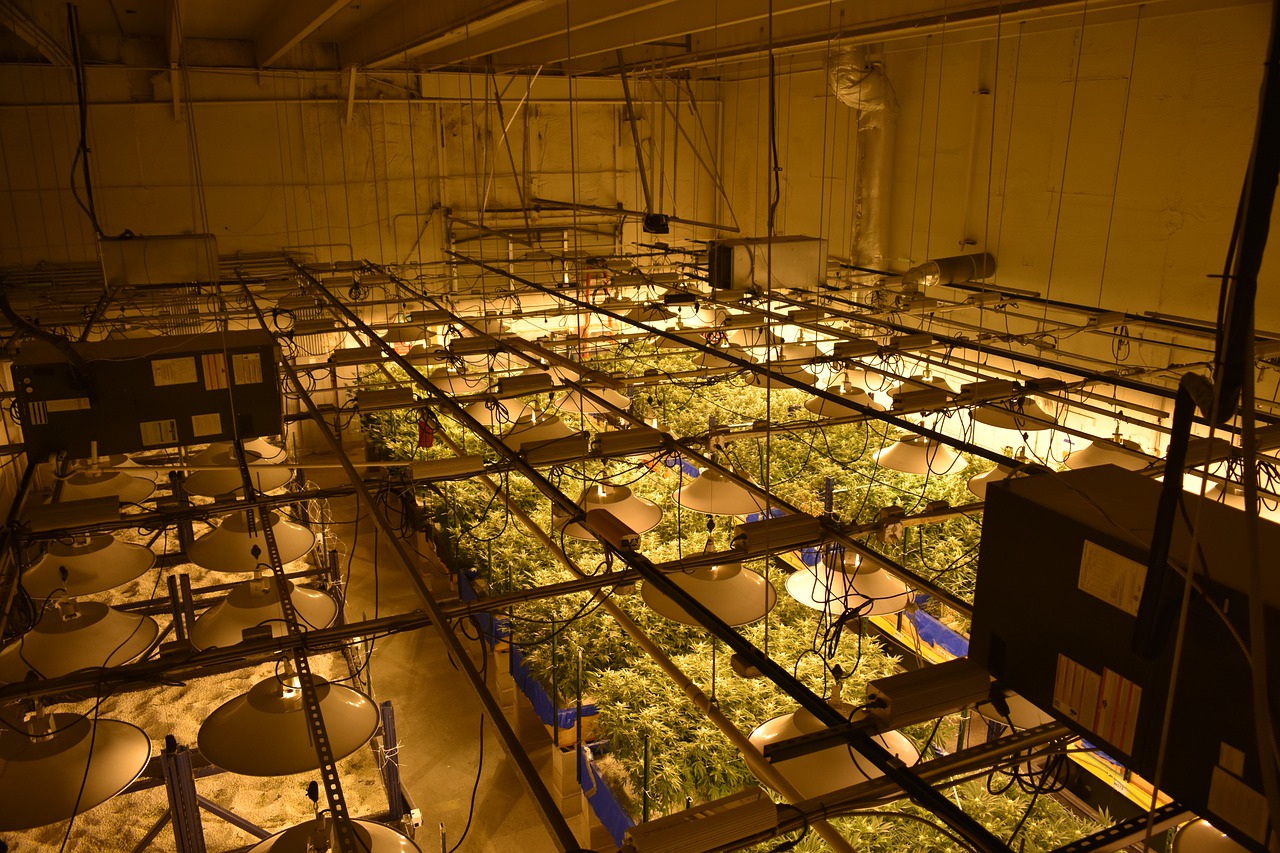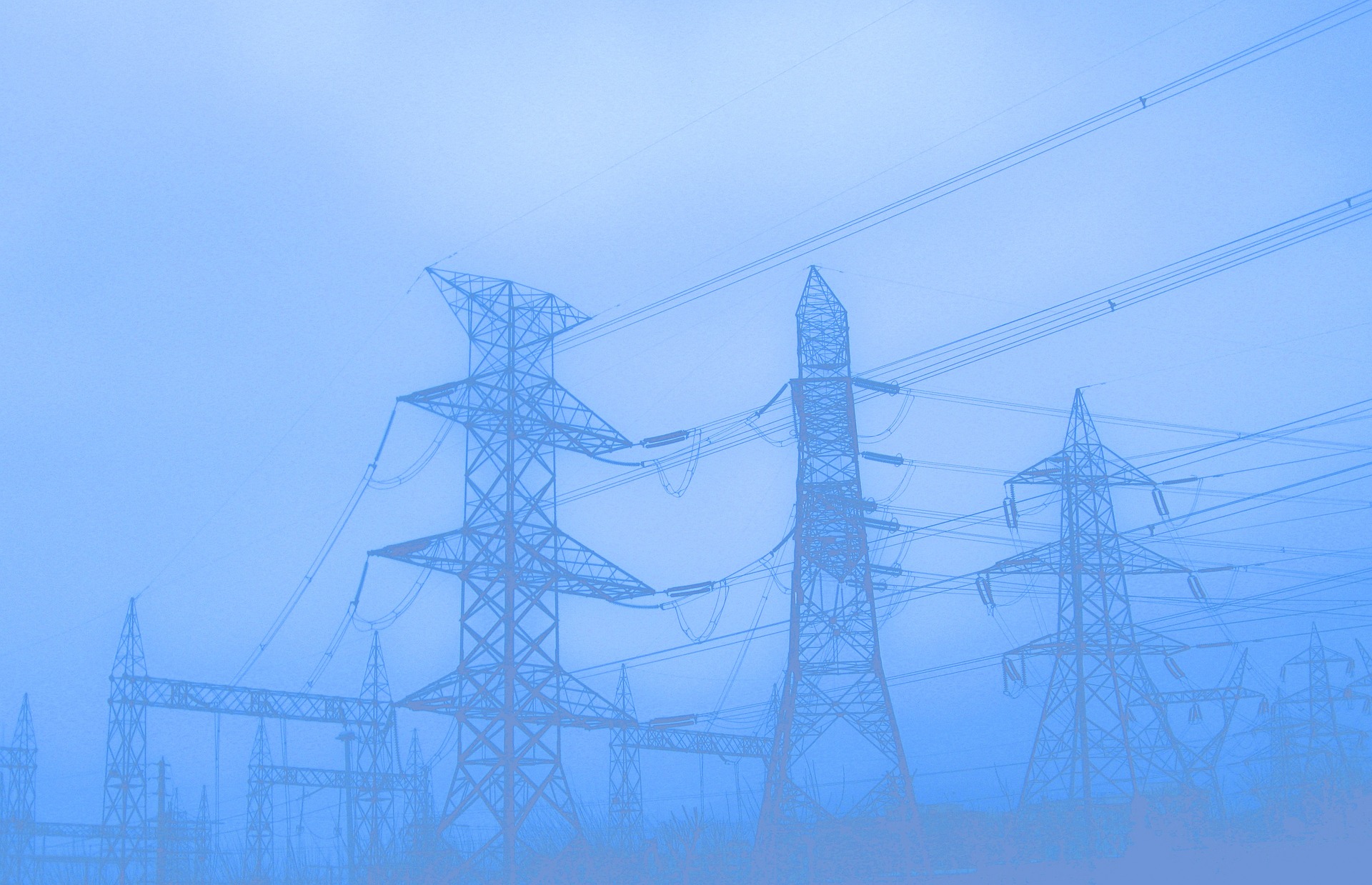By Andrea Jakubas
This post is part one of a three-part series discussing three avenues for reducing the “uncollectible burden”–the inability of people to pay their utility bills during the COVID-19 pandemic. Part one examines government grants and policy; part two will examine incentivizing and changing consumer bill-paying behavior, while part three will discuss clean energy initiatives that promote efficiency and reduce consumption.
—
In pre-pandemic times, if utility customers did not or could not pay their bills, the company could generally disconnect their service. But in response to the COVID-19 emergency, many states have issued moratoria against such utility shutoffs for nonpayment,[1] recognizing both that utilities are vital to human health and well-being and that customers are facing daunting levels of unemployment and decreased ability to pay their bills.
These shutoff moratoria are necessary but raise an additional problem: how bills will ultimately be paid. Generally, uncollectible accounts are “socialized” across utilities customers. The rate paid covers not only the customer’s direct consumption but also administrative costs, including other customers’ nonpayment. As the pandemic—and orders against utility shutoffs—drag on, the mountain of “uncollectible” debt will continue to grow, and there are no clear answers on how (and by whom) bills will ultimately be paid.
Pre-Pandemic Government Funding and Programs to Address the Uncollectables Problem
State and federal programs established before and during the pandemic have helped some customers reduce their debt.
Utility bill affordability was an issue long before the current pandemic, especially in lower-income homes. Now, during the pandemic, low-income individuals are more likely to have lost their jobs and are more concerned about being able to pay their bills, with only 23 percent of lower-income families reporting that they have enough emergency funds to last three months.[2]
Read More

